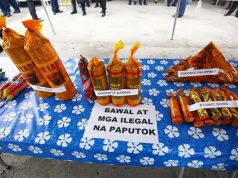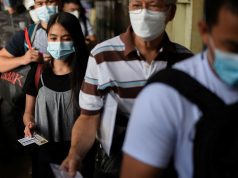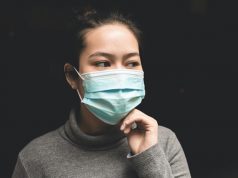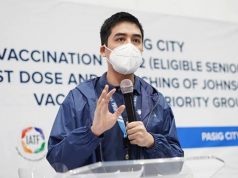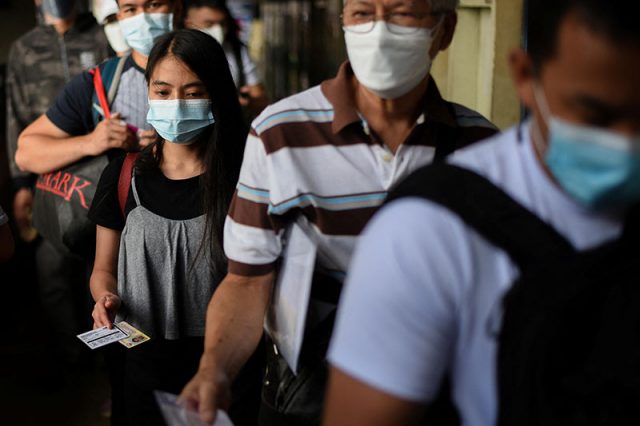
The government’s detection of Omicron subvariant BQ.1 once again brought up reminders to wear face masks and get COVID-19 boosters.
The Department of Health on Friday announced that the country has logged 14 cases of this Omicron subvariant, based on the health authorities’ COVID-19 biosurveillance report from October 28 to November 18.
Of these, 13 were local cases from the Cordillera Administration Region, Ilocos Region, Calabarzon, Central Visayas and Metro Manila.
The remaining case has yet to be confirmed by the DOH if it is a returning overseas Filipino.
BQ.1 is a sublineage of the already highly-transmissible Omicron subvariant BA.5.
DOH officer-in-charge Maria Rosario Vergeire said that BQ.1 is “more transmissible and highly-immune evasive” than other Omicron subvariants.
She added that it appears to be milder than the Delta variant and the original strain.
The European Centre for Disease Prevention and Control classifies it as a variant of interest.
Vergeire reminded the public to comply with the minimum health protocols such as mask-wearing, physical distancing, regular handwashing and observing good ventilation practices.
For physical distancing, they are advised to stay at least one meter away from each other, which is nearly equivalent to a motorcycle’s length.
Vergeire also urged Pinoys to get themselves vaccinated and/or boosted against COVID-19.
The detection of the Omicron subvariant came after pandemic monitoring group OCTA Research recently warned of a surge in COVID-19 cases.
According to the group, the number of people testing positive for COVID-19 in Metro Manila slightly increased over the past week.
OCTA fellow Guido David said that the National Capital Region’s seven-day positivity rate increased to 9.2 percent on November 22 from 7.4 percent on November 15.
For a pandemic to be at manageable levels, the World Health Organization said that the positivity rate must be at five percent or below.
Following the detection of a new Omicron subvariant, Filipinos reminded each other anew to be vigilant in observing health protocols.
“I know gov’t now allows not wearing a mask in public—but given this development, pls. wear your masks again! Stay safe everyone!” a Twitter user said in response to the reports.
“Oh noooo… Keep wearing your face mask and get boosted,” another user commented.
“PLEASE WEAR YOUR FACE MASK,” a different Pinoy said.
Physician Tony Leachon, former special adviser to the National Task Force Against COVID-19, also urged the public to wear their face masks and to “boost up.”
President Ferdinand Marcos Jr on October made mask-wearing voluntary indoors. It was made optional in the outdoors a month before that.
The BQ.1 subvariant is among those that make up half of the current COVID-19 cases in the United States, along with another BA.5 offshoot, the BQ.1.1.
Apart from the US, the WHO said that BQ.1 is also increasing COVID-19 infections in the United Kingdom and Europe.
Reports said that both contain genetic mutations which make it harder for the immune system to recognize and neutralize the virus, making it better at infecting people in spite of vaccinations and prior infections.
“While there are no data on the severity or immune escape from studies in humans, BQ.1 is showing a significant growth advantage over other circulating Omicron sublineages in many settings,” the United Nations agency said last month.
“It is likely that these additional mutations have conferred an immune escape advantage over other circulating Omicron sublineages, and therefore a higher reinfection risk is a possibility that needs further investigation,” the WHO added.
ALSO READ: Factbox: What are the new BQ.1 and BQ.1.1 coronavirus variants, and why it matters





